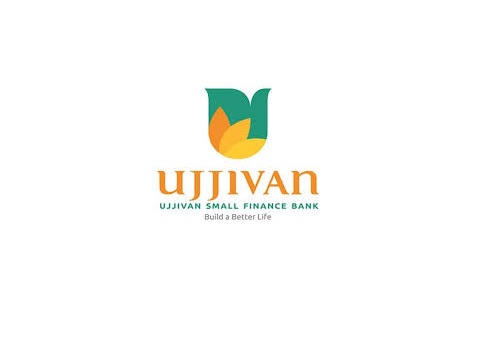Banking Sector Update : The search for improvement in deposit trends continues - Kotak institutional equities

The search for improvement in deposit trends continues
Our quarterly deep dive into deposits shows unexpected and unchanged trends in deposit flows across banks, regions and the nature of deposits mobilized. Individual deposits appear to be gaining some traction, but need a few more quarters before we can build on this thesis. Interest rates appear to be getting closer to peak levels, suggesting incremental pressure is lower.
Key takeaways on deposit trends
The key takeaways on deposits: (1) the market share split between public banks and private banks is ~60:35 (Exhibit 1); (2) households dominate deposits at ~60% (Exhibit 2); (3) public banks have ~70% share of their deposits coming from households, while for private banks it is 55% (Exhibit 3); (4) there is a marginal shift in government deposits to private banks, while the share in corporate and household remains unchanged (Exhibit 4); (5) private banks have ~85% of their deposits coming from metro/urban regions, while that for public banks it is 70% (Exhibit 5); (6) the share of individual and non-individual deposits is unchanged at ~50% (Exhibit 6). Individual deposits are higher for public and non-individual share is higher for private banks (Exhibits 7, 8 and 9).
CASA and term deposits
The key takeaways from CASA and term deposits: (1) savings deposits are a lot more diversified than current and term deposits (Exhibit 10); (2) savings growth was slower in urban and metro markets, while current account deposits were weak in all regions and term deposit growth was strong across regions (Exhibit 12); (3) corporate deposits are seeing a bit more shift to term deposits from current account (Exhibit 12); (4) term deposits saw similar growth in individual and non-individuals, with a similar trend across regions (Exhibits 14, 15 and 16). Age profile shows better trends for the age profile >40 years (Exhibit 13); (5) public banks have lost ~200 bps in market share largely to private banks since 4QFY23 (Exhibit 18). This loss is visible in metropolitan regions after 2Q, which could be driven by the merger of HDFC group (Exhibit 19); (6) term deposits for private banks are largely from metro/urban regions (Exhibit 20); (7) individuals have a preference for Rs0.1-1.5 mn, while non-individual is higher at >10 mn ticket size (Exhibits 21, 22 and 23); (8) 65% of the overall deposits contracted are in the 1-3-year buckets (Exhibit 24); (9) 3QFY24 saw further increase in bucket movement in the 7-8% interest rate bucket (Exhibits 26, 27 and 28), with some signs of a slowdown in the non-individual deposit movement.
Awaiting firm turnaround in deposit mobilization
The quarterly details that we are reading from these publications don’t have a long-term series on all the variables to understand the seasonality or the cyclicality of deposit growth. However, this time, we do see that the quality of deposits is marginally better through the better contribution of individuals, even if it is largely term deposits in nature. We do see competition being fairly strong, with public banks likely to erode their market share slower than what was seen earlier, putting pressure on deposit shifts across players.










More News

Auto Sector Update : Jun-25 Volumes: Soft month overall, ex EIM, TVSL, exports By Emkay Glob...













